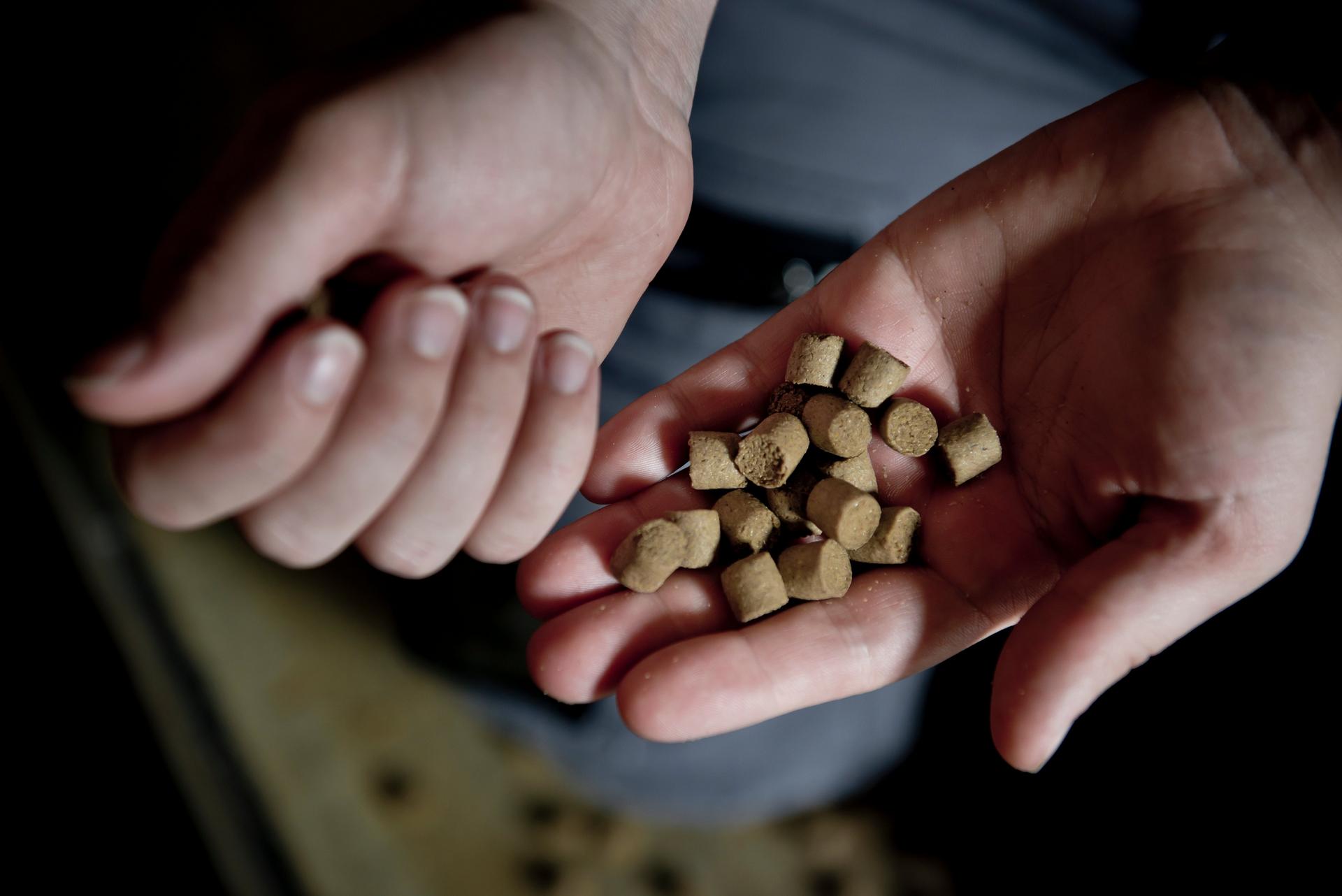In fish farming, large fluctuations in the oxygen content of water have a negative impact on the well-being of the fish and consequently on its growth. High water temperatures or rich vegetation in the water are important alarming factors to observe, especially in summer periods.
Oxygen saturation for economic growth
The oxygen content of water is affected by many different parameters, in particular temperature, day-night variations, air pressure, feeding, size of fish and stress levels. Economic growth rates are only possible when these variations are taken into consideration.
Trout for instance generally require a relatively high level of oxygen supply as they consume between 0.3 and 0.5 kg of oxygen for every 1 kg of feed to be digested. In traditional trout farming, for the needs of the trout to be adequately met, the recommendation is to keep the oxygen saturation level at 100 % as it enters the fishpond and that it should still be at least 70 % at the outlet.
100 % oxygen saturation means that the water contains approx. 14 mg of oxygen per litre at 2 °C and only approx. 9 mg at 20 °C. In practice, the saturation level at the inlet is often different, especially if the farm is run on surface water, for instance due to high summer temperatures or to rich vegetation.






?w=1920&%24withDefaultImage%24=&fmt=auto)









?w=1920&%24withDefaultImage%24=&fmt=auto)